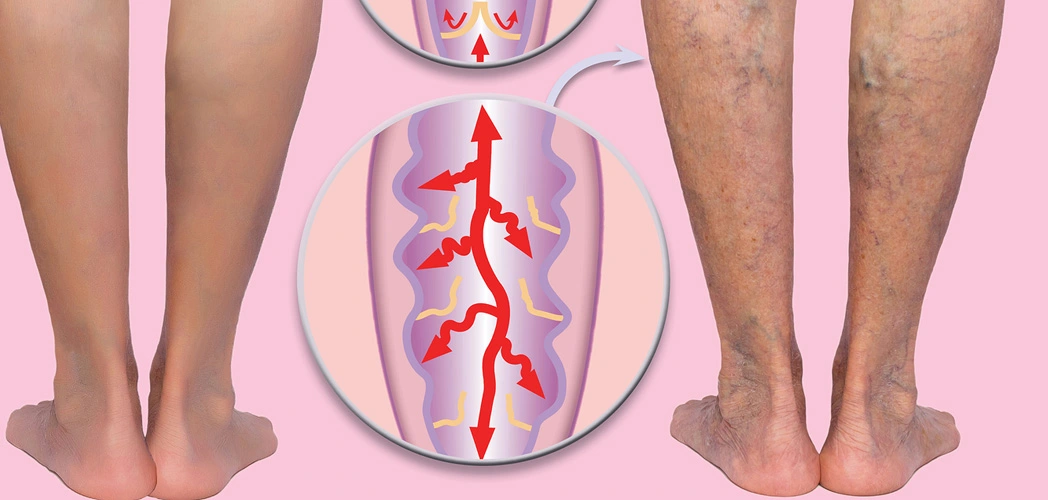
Varicose veins are a common condition that affects many individuals, particularly women. They occur when the veins become enlarged, twisted, and visible beneath the skin, often causing discomfort and aesthetic concerns. Fortunately, there are various treatment options available to address varicose veins and restore the health and appearance of the legs. In this article, we will explore the key aspects of varicose vein treatment, including its benefits, procedures, recovery, and potential risks.
Relief from Symptoms: Varicose veins can cause symptoms such as pain, heaviness, swelling, and leg cramps. Treatment can alleviate these symptoms, improving overall leg comfort and mobility.
Improved Aesthetics: Varicose veins can be unsightly and cause self-consciousness. Treatment options can help reduce the visibility of varicose veins, enhancing the appearance of the legs and boosting self-confidence.
Prevention of Complications: If left untreated, varicose veins can lead to complications such as blood clots, ulcers, and skin changes. Treating varicose veins can help prevent these potential complications and maintain leg health.
Sclerotherapy: Sclerotherapy is a commonly used treatment for small to medium-sized varicose veins. It involves injecting a solution into the affected veins, causing them to shrink and eventually fade away. Multiple sessions may be required for optimal results.
Endovenous Laser Ablation (EVLA): EVLA is a minimally invasive procedure that uses laser energy to treat larger varicose veins. A laser fiber is inserted into the affected vein, delivering heat to seal the vein shut. Over time, the closed vein is naturally absorbed by the body.
Radiofrequency Ablation (RFA): RFA is another minimally invasive procedure that uses radiofrequency energy to treat varicose veins. Similar to EVLA, a catheter is inserted into the affected vein, delivering heat to close the vein and redirect blood flow to healthier veins.
Ambulatory Phlebectomy: Ambulatory phlebectomy is a surgical procedure performed under local anesthesia. Small incisions are made to remove varicose veins through tiny punctures in the skin. This procedure is typically used for larger varicose veins close to the surface.
The recovery process after varicose vein treatment will vary depending on the procedure performed. However, the following general guidelines can be expected:
Compression Garments: Patients may be advised to wear compression stockings or bandages after the procedure to promote healing, reduce swelling, and support the treated veins.
Physical Activity: Light walking is encouraged shortly after the procedure to aid circulation. Strenuous activities and heavy lifting should be avoided for a few weeks to allow for proper healing.
Follow-Up Appointments: Patients will typically have follow-up appointments with their healthcare provider to monitor progress, assess healing, and address any concerns.
Results: The results of varicose vein treatment will vary depending on the severity of the condition, the chosen treatment method, and individual factors. Over time, treated veins should fade, symptoms should improve, and the overall appearance of the legs should be enhanced.
While varicose vein treatment is generally safe, it is important to be aware of potential risks and considerations. These may include:
Temporary Side Effects: Temporary side effects such as bruising, swelling, or discomfort may occur following treatment. These are usually mild and resolve on their own.
Allergic Reactions: In rare cases, individuals may experience allergic reactions to the solutions or materials used during treatment. It is important to inform the healthcare provider of any known allergies or sensitivities.
Recurrence: While treatment can improve the appearance and symptoms of varicose veins, new veins may develop over time. It is important to maintain a healthy lifestyle, including regular exercise and proper leg care, to help prevent the recurrence of varicose veins.
Varicose vein treatment offers individuals the opportunity to address the discomfort and aesthetic concerns associated with this condition, restoring healthier and more attractive legs. By understanding the benefits, procedures, recovery process, and potential risks, individuals can make informed decisions regarding varicose vein treatment. Consulting with a qualified healthcare provider specializing in vascular conditions is essential to determine the most suitable treatment options and achieve the desired results.